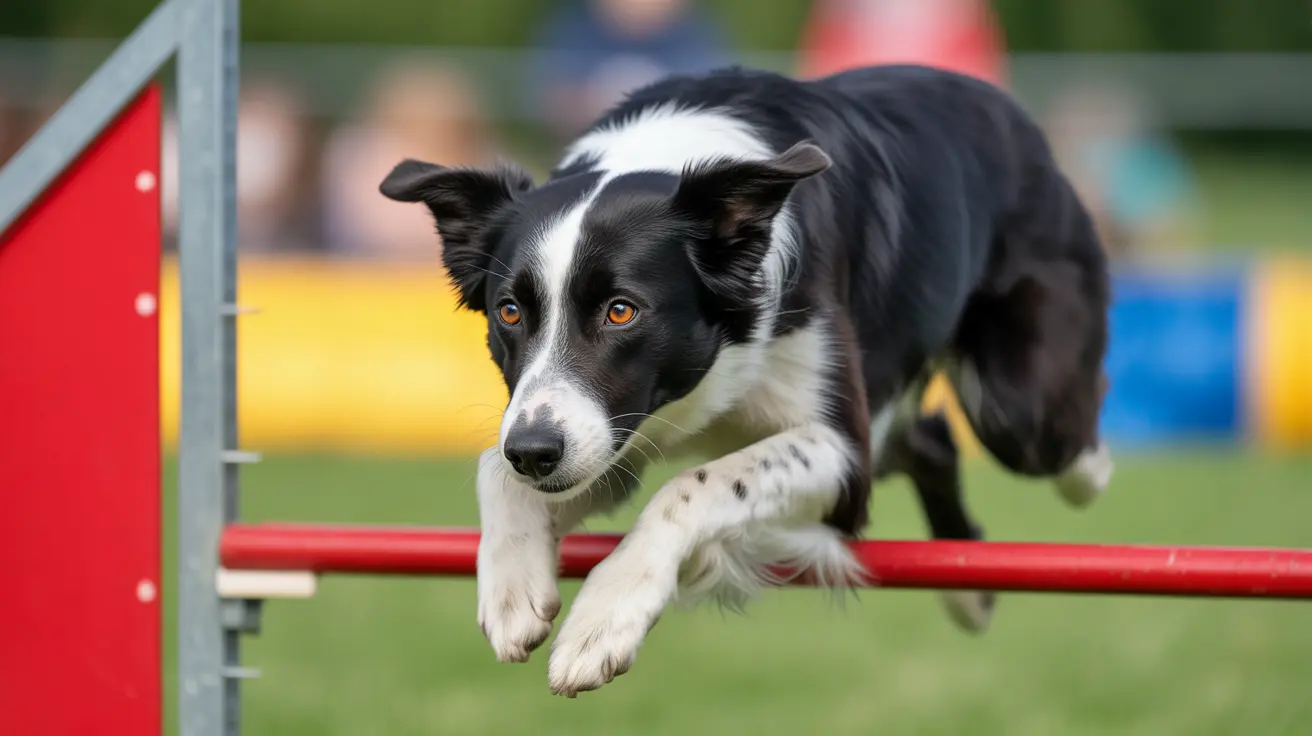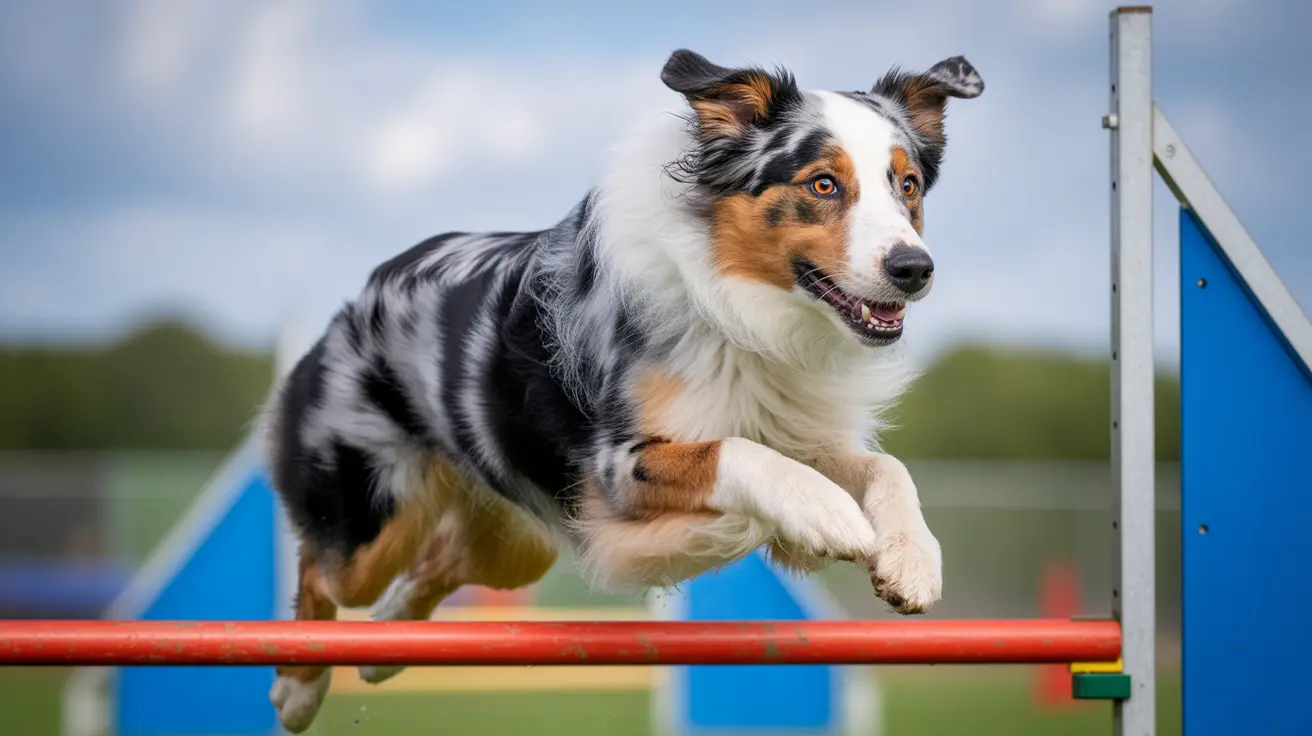Touch Screen Games: The Best Mental Stimulation for Dogs
Engaging a dog’s brain is just as important as providing physical exercise—especially for senior dogs. While traditional mental challenges like puzzle feeders and scent games are widely used, touch screen games have emerged as an innovative and effective solution to provide low-impact cognitive stimulation for aging dogs.
Why Mental Stimulation Matters
Like humans, dogs experience cognitive decline as they age. This often includes reduced memory and motivation, which can be exacerbated by mobility issues such as arthritis. Mental challenges keep canine brains active, promoting better mood and even reducing stress levels as indicated by lowering cortisol.
Researchers, including teams from the Messerli Research Institute at the University of Veterinary Medicine in Vienna, have shown that dogs of all ages can successfully learn to use and benefit from touch screen technology.
Types of Touch Screen Games for Dogs
Touch screen games for dogs are designed specifically to suit their needs and interactiveness. They typically fall into four main categories:
- Art Applications: Dogs use their nose or paw to tap on the screen to create digital drawings.
- Noise-Making Games: These respond to touches with fun sounds like squeaks or animal calls, enhancing engagement.
- Chase Games: Featuring moving objects for dogs to track and “catch,” these games stimulate hunting instincts.
- Question-and-Answer Apps: Dogs select between simple options (e.g., “yes” or “no”) using their nose or paw.
Benefits of Touch Screen Play
- Cognitive Enrichment: Helps counteract effects of aging by maintaining mental activity.
- Mood & Motivation: Improves emotional wellbeing and can enhance a dog’s willingness to engage.
- Customizable Difficulty: Games can be adjusted to suit the dog’s skill level.
- Physical Accessibility: Ideal for dogs with arthritis or restricted movement.
- Bonding Opportunity: Encourages owner-dog interaction for joint learning and fun.
Introducing Your Dog to Touch Screen Games
- Start with the “touch” cue: offer your open palm and reward nose bumps.
- Transfer the target to a small paper, then move it to walls or tablet screen.
- Once your dog understands, reduce reliance on the paper and introduce the game.
- For chase-based games, leverage natural instinct and minimal training.
Setting Up for Success
- Use screen protectors to guard against noses, claws, and saliva.
- Ensure the device is placed on a stable, flat surface at a reachable height.
- Choose games with high contrast and large, slow-moving targets for easier interaction.
- Use soft styluses for dogs who can’t use paws due to joint issues.
Managing Session Length and Difficulty
Begin with short sessions of 1–3 minutes and gradually increase based on your dog’s response. Always end on a successful note. Watch for signs of disinterest or frustration, and adjust game difficulty accordingly.
If a chase game leads to frustration, divert attention to a physical toy to simulate a “win.” This maintains enjoyment and reduces anxiety.
Complementary Enrichment Activities
While touch screen games are powerful tools, they work best when integrated into a broader routine of enrichment. This should include:
- Puzzle feeders
- Scent or tracking games
- Low-impact physical play
- Short trick-training sessions
Rotating activities maintains novelty and prevents boredom. Many dog owners have observed reduced anxiety and unwanted behaviors when using cognitive enrichment tools regularly.
Choosing the Right Game
Today’s market includes various touch screen games that offer customization, reward features, and even tracking to monitor cognitive development. Select a game that suits your dog’s specific needs in terms of mobility and engagement level.
Important Considerations
- Don’t replace social interaction and outdoor physical activity with screen time.
- If your dog shows disinterest or stress, reevaluate session length and game type.
- Observe your dog closely for positive reactions and modify play accordingly.
Conclusion
Touch screen games, when introduced thoughtfully, offer a fun, interactive way to support the mental health of dogs—especially seniors with mobility challenges. These games enhance mood, cognitive function, and bonding with owners, making them a valuable addition to any enrichment routine.





